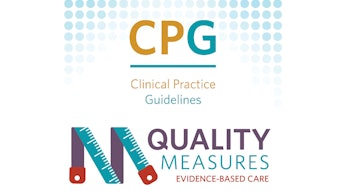OUT OF COMMITTEE: Allergy, Asthma, and Immunology | Allergy and Otolaryngology Just Go Better Together
Currently there is a growing need for specialists to treat allergic conditions, and otolaryngologists are uniquely positioned to assess for the presence of allergic disease in patients with upper aerodigestive tract symptoms.
Cecelia Damask, DO, Chair, and Matthew W. Ryan, MD

Some things are just meant to be together ...
- Peanut butter and jelly
- Marshmallows, chocolate bars, and graham crackers
- Grilled cheese sandwiches and tomato soup
- Milk and chocolate chip cookies
- Otolaryngology and allergy
One of the things I hear at least once a week in my practice is, "I did not know that you also treated allergies."
Does this sound familiar to you? Allergic rhinitis (AR) is a comorbidity with many other diseases treated by otolaryngologists, and it shares significant symptom overlap with a variety of diseases that are relevant to our practices. So why wouldn’t otolaryngologists also treat allergies? AR is one of the most common chronic diseases and is estimated to affect between 40 and 60 million people in the United States.1 AR may present with a wide spectrum of symptoms, including sneezing, runny nose, watery itchy eyes, nasal congestion, cough, and sore throat.
Currently there is a growing need for specialists to treat allergic conditions, and otolaryngologists are uniquely positioned to assess for the presence of allergic disease in patients with upper aerodigestive tract symptoms. Incorporating allergy testing and immunotherapy into your practice would allow you to provide comprehensive care to your patients, and as an ancillary service it can help build your practice.
Allergy diagnostic testing is one of the first services you can offer your patients. Although a presumptive diagnosis of allergic disease may be made from the patient’s history, allergy testing has several important roles. These include confirming the clinical diagnosis, identifying the patient’s relevant allergen sensitivities, and selecting a safe starting dose for the provision of immunotherapy.2
Several different testing modalities are available. Allergen-specific IgE in the serum can be used as a marker of sensitization. An in vitro-specific IgE test may be accomplished with a simple blood draw sent to a reference laboratory. Some busy practices obtain CLIA certification and perform their own in vitro-specific IgE analysis from patient serum samples in-house. However, the most commonly employed allergy testing technique is skin testing. A simple prick test, performed with an allergen extract and a plastic disposable device, is able to identify preformed allergen-specific IgE via cutaneous mast cell degranulation and the classic wheal-and-flare reaction of the skin. Another technique is to use a small needle to inject diluted allergen into the dermis, looking for a similar reaction (intradermal test). Some practices may choose to incorporate a blended technique of both prick and intradermal tests, commonly known as “modified quantitative testing,” as initially described by John H. Krouse, MD, PhD, MBA.
Allergy diagnostic testing provides the clinician with important information to aid in clinical decision making and is a cornerstone in the management of allergic disease. Most otolaryngology practices should be able to add some form of allergy diagnostic testing with minimal initial investment.
Most patients with AR are treated with allergen avoidance and pharmacotherapy. However, allergen-specific immunotherapy is the only treatment that addresses the underlying immunologic derangement in allergic disease. Successful immunotherapy decreases symptoms and improves disease-specific quality of life.3 Immunotherapy achieves these benefits via a variety of mechanisms. It reduces mast cell and basophil degranulation, induces the production of IgG4 blocking antibody, upregulates tolerogenic regulatory T cell populations, and reduces allergen-specific IgE over the long term. Comprehensive allergy care thus includes allergen-specific immunotherapy.
A variety of immunotherapy options are used in practice. The simplest method for allergen-specific immunotherapy is sublingual immunotherapy (SLIT) using FDA-approved sublingual tablets. These are currently available for the treatment of grass, ragweed, and dust mite allergies in the U.S. Another option is SLIT using a customized formulation of aqueous allergen extracts that is based upon clinical determination of a patient’s relevant allergen sensitivities. The advantage of this approach is that allergens other than grass, ragweed, and dust mite can be treated.
Although SLIT has many advantages, the mainstay of immunotherapy in the U.S. is subcutaneous injection immunotherapy (SCIT). SCIT has the longest track record of clinical use and has been demonstrated to be effective in multiple randomized, placebo-controlled trials.3 SCIT is FDA approved and covered by most health insurance plans. Although SLIT is used by many practices in one form or other, most allergy practices employ SCIT for these reasons.
Otolaryngologists should carefully examine their reasons for incorporating comprehensive allergy care in their practices. Before initiating these services, a practice should consider its goals as well as the requirements for success. Is there a need for allergy services in the area? Will allergy care increase convenience for patients? Do all the partners agree about the importance of allergy? Will allergy care make the practice more profitable or build overall patient numbers? Will allergy care disrupt current referral patterns in your community? These and other questions need to be considered before embarking.
Like any other decision involving the services offered by a practice, incorporating allergy care should be undertaken with a business plan in mind. The business plan should include tangible metrics of success, such as monitoring of referral trends, financials, retention rates of patients, and analyzing patient outcomes. The primary financial investment when starting an allergy practice is the cost of supplies, including allergen extracts, syringes, testing devices, and emergency supplies (for anaphylaxis treatment). Usually the existing personnel in a medical office are able take on the new roles required for allergy care. These roles include performance of allergy skin tests, preparation of testing and immunotherapy vials, and administration of immunotherapy. Medical office assistants or nurses are able to perform these duties depending upon individual state regulations. Ultimately, successful allergy practices will have personnel who are completely dedicated to providing these services.
Office space for the allergy practice must also be considered. A location for preparation of allergen extracts needs to be defined, as well as space for testing and administration of immunotherapy injections. Because SCIT carries with it a risk for anaphylaxis, a monitored location within the office will need to be designated for patient observation after injections are administered. When beginning an allergy practice, existing office space can be used. However, as the practice grows, so will requirements for space. An ideal office environment includes a dedicated check-in desk for allergy patients, a separate waiting room for observation, and an allergenic extract compounding area, as well as space for testing multiple patients simultaneously and to give injections.
Although office staff perform most of the day-to-day tasks, the physician (or advanced practice provider) is the leader of the team and should be the content expert for every aspect of the allergy practice, including the nuances of testing and immunotherapy, management of allergy emergencies, regulatory and compliance issues, proper billing and coding, and documentation. This responsibility entails considerable investment of time and energy on the part of the physician. Becoming an expert in these topics can be accomplished in a variety of ways. Trusted colleagues are a potential source of information and advice. Allergy-specific CME offerings at the AAO-HNSF Annual Meeting & OTO Experience and from other sources should be sought out. Read a variety of texts and monographs on allergy directed toward otolaryngologists. Talk to allergen supply vendors. And finally, enroll in a course that reviews proper billing and compliance information.
There is never an ideal time to get started on the journey of building an allergy practice. Fortunately, allergy services can be gradually added to what you are already offering your patients. It is OK to start slowly. Allergy testing is a simple starting point. In vitro testing and skin prick testing are easy to introduce into your practice flow. Sublingual immunotherapy tablets are a safe and effective way to begin offering immunotherapy to your patients. As you and your staff learn more about allergy and are more comfortable with your knowledge and skills, you can expand to offer a full spectrum of allergy services. Once you start offering allergy services to your patients, you will find that allergy and otolaryngology go together like peanut butter and jelly.

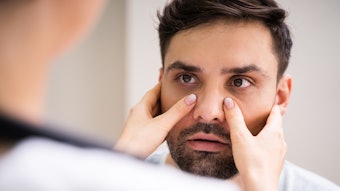

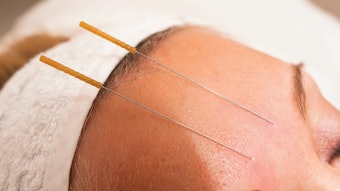

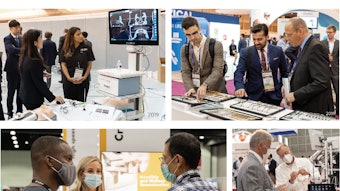


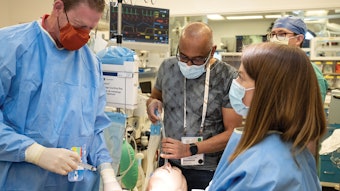
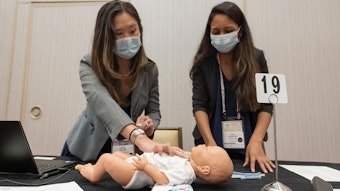

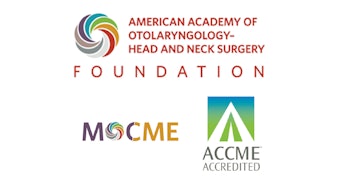
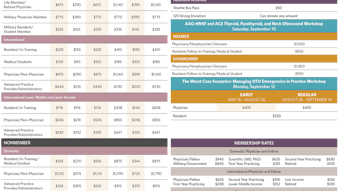




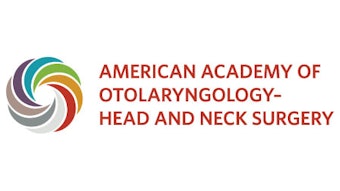
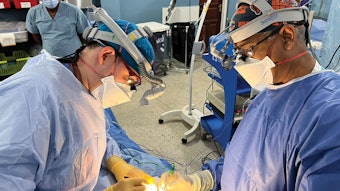

![03 Bites Better Hearing And Speech Graphic [converted]](https://img.ascendmedia.com/files/base/ascend/hh/image/2022/04/03_Bites_Better_Hearing_and_Speech_graphic__Converted_.6268225925563.png?auto=format%2Ccompress&fit=crop&h=191&q=70&w=340)
